Ugh, David Austin USA virused stock
romogen
7 years ago
Featured Answer
Sort by:Oldest
Comments (108)
crow465z8b
last yearSheila z8a Rogue Valley OR
last yearRelated Discussions
The David Austin debate over again
Comments (23)The Canadian Nursery, Pickering Nurseries grows Many Austin Roses, including Sharifa Asma among others. Many of my roses come from Pickering and I also suplied them with budwood for three of the Griffith Buck varieties that they now offer. Prior to budding and selling the varieties I supplied the wood for, they wanted to know the origins of the mother plants, they took two years to observe the plants that they budded and I know for a fact that they sent the wood I gave them for virus indexing. If you want virus free Austin varieties, they are a very reputable supplier. Below is what they say to the frequently asked question: Q: There's a variety I want but I'm concerned about Rose Mosaic Virus? I've heard that Canadian roses are virus-free, can I be sure? A: "We are absolutely sure that we have no virused plants in our fields. The budwood we receive from our sources is Virus-indexed and therefore virus free. Aside from that, we cover many miles walking our field inspecting the plants for issues such as mislabeled/ stray plants and disease/ pest infestations. New varieties are heavily scrutinized. We want to make sure that the variety is a good one and to be sure that it is healthy and lives up to its description." Cheers, Rideau Rose Lad...See MoreBest David Austin's for Melbourne
Comments (28)Molineaux really is a sturdy floriferous rose. Shame about the lack of scent though. I've got Charles Austin, it's a big fella, also disappointingly scentless.. I'm not planning to cull him, but if I had time over I'd probably get something else. There's so many lovely Austins..my faves would be Pat Austin (Glorious on every level! A must have, and not at all strident in colour which you could expect from the photos and labels...very very fitting he named it for his wife) Jude the Obscure (sensational perfume...when it's running) Abe Darby (Lovely flower, lovely perfume, lovely lovely rose) Cymbeline (yucky myrrh type smell, but sensational colour) Eglantyne (great smell, and very pretty too) ...easy to go one, as is often the case, the ones that make the most beautiful shrubs aren't so hot on the perfume... ...have you checked out the Austin section at Werribee?...See MoreOne of my new David Austin roses has RMV. What should I do?
Comments (85)"Propagation: Rosa Damascena is propagated through one year old stem cuttings. It can also be propagated through the divisions of old plant, lateral sprouts with roots and seeds. Stem cuttings are collected at the time of pruning in mid October to end of December; 20 cm long, 0.75-1.50 cm thick cuttings are planted in nursery; 2/3 of the stem length is inserted into soil. IB A @ 200-250 ppm is given to induce rooting. These cuttings are ready after one year for transplanting into main field." http://www.tandfonline.com/doi/pdf/10.2478/V10133-010-0032-4 ---------------------------------------------- " The cultivars and ecotype of Rosa damascena Mill. have been grown by using cutting or two old-suckers for many years" "Stem cuttings are collected at the time of pruning in mid October to end of December; 20 cm long, 0.75-1.50 cm thick cuttings are planted in nursery; 2/3 of the stem length is inserted into soil. IB A @ 200-250 ppm is given to induce rooting. These cuttings are ready after one year for transplanting into main field." "Rooted stem cuttings are taken out from nursery and put in the pits." "The best time of transplanting of rooted cuttings in the field is mid of November to mid January. " http://www.plantsrescue.com/tag/damask-rose/...See MoreDavid Austin Coupon & Hortico Availability
Comments (4)I cannot recommend highly enough both Scepter’d Isle and St. Cecilia. They are excellent & magnificent. I go more into depth in your new thread: http://forums2.gardenweb.com/discussions/5032402/scepterd-isle-st-cecilia-the-lady-gardener The Lady Gardener is still too new for me to comment, perhaps in 2-3 more years when people’s experiences with it start filtering through. In general it takes about 3-5 years for new DA introductions to really show their mettle in the USA. Especially the very double petaled varieties require a longer maturity period, growing their roots, and gaining strength to produce quality flowers....See Morehenry_kuska
last yearSheila z8a Rogue Valley OR
last yearcrow465z8b
last yearUser
last yearSheila z8a Rogue Valley OR
last yearlast modified: last yearcrow465z8b
last yearhenry_kuska
last yearUser
last yearKittyNYz6
last yearlast modified: last yearhenry_kuska
last yearsusan9santabarbara
last yearlast modified: last yearUser
last yearhenry_kuska
last yearsusan9santabarbara
last yearKittyNYz6
last yearUser
last yearSteve_M in PA
last yearUser
last yearlast modified: last yearhenry_kuska
last yearUser
last yearSteve_M in PA
last yearstrawchicago z5
last yearSheila z8a Rogue Valley OR
last yearUser
last yearlast modified: last yearsusan9santabarbara
last yearlast modified: last yearSteve_M in PA
last yearRose Paris
last yearEcho_Texas_zone9a
13 days agoSandy Tunnoise
13 days agoEcho_Texas_zone9a
13 days agoSandy Tunnoise
13 days agoKittyNYz6
13 days agolast modified: 13 days agoEcho_Texas_zone9a
13 days agoKristine LeGault 8a pnw
13 days agolast modified: 13 days agoKittyNYz6
13 days agolast modified: 13 days agoFire zone 8, north London, UK
13 days agoDiane Brakefield
13 days agoElestrial 7a
13 days agoDiane Brakefield
13 days agoKittyNYz6
13 days agolast modified: 13 days agoHeather RR (PNW 8b)
13 days agoDiane Brakefield
13 days agoElestrial 7a
13 days agoHeather RR (PNW 8b)
13 days agoElestrial 7a
12 days agoElestrial 7a
12 days agoEcho_Texas_zone9a
12 days agodesertsilver
12 days ago
Related Stories

MAN SPACESWhy Men Really Do Need a Cave
Don't dismiss cars, bars and the kegerator — a man space of some kind is important for emotional well-being at home
Full Story
WINTER GARDENINGPruning Secrets for Exquisite Roses
Encourage gorgeous blooms year after year with this time-tested advice on how to prune your rosebush in winter for health and shape
Full Story
LANDSCAPE DESIGNNatural Swimming Pools: More Beauty, No Chemicals
Keep your skin and the environment healthy with a pool that cleans itself, naturally
Full Story
HOUZZ TOURSHouzz Tour: Modern Treetop Living in Sydney
Encouraging connections and calm, this Australian family home among the trees is all about subtlety
Full Story
BATHROOM DESIGNHow to Choose the Right Bathroom Sink
Learn the differences among eight styles of bathroom sinks, and find the perfect one for your space
Full Story
HOLIDAYSChristmas Cleanup Tips for the Not Naturally Organized
Dreading the postholiday chores? First let yourself unwind. Then grab some boxes, a few supplies and this easy guide
Full Story
HOUZZ TOURSMy Houzz: Cozy Country Meets Bohemian Artistic in Australia
Healthy helpings of salvage and rustic art give a pastureland home free-spirited style
Full Story
MODERN HOMESHouzz Tour: ’50s Ranch Redo Could Be a Keeper
An experienced house flipper puts his creative talents to work on an L.A. remodel designed for his own family
Full Story
MATERIALSAn Architect Shares His Go-To Materials
Aluminum doors, porcelain tiles, polished concrete. Here are the features and finishes this professional returns to time and again
Full Story


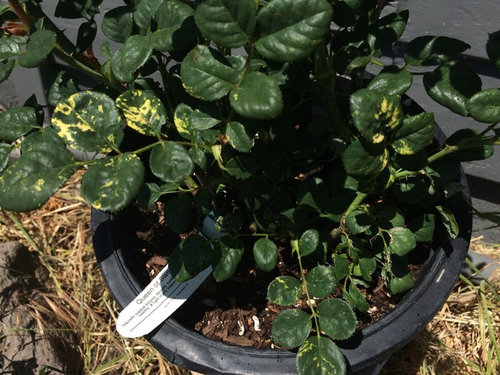

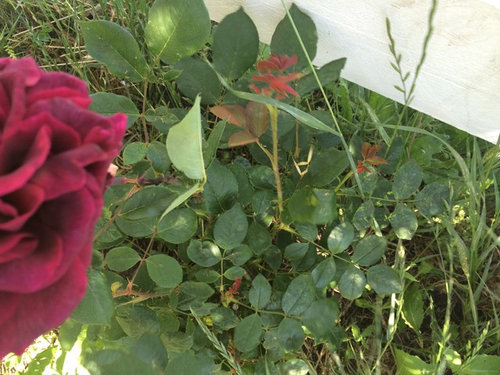
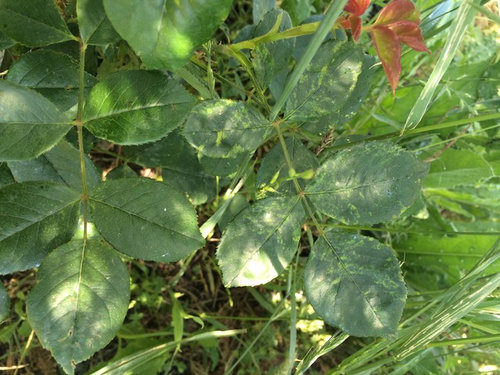



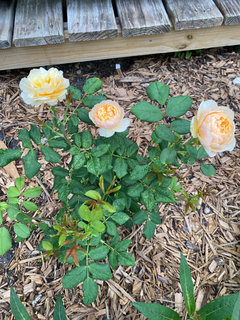
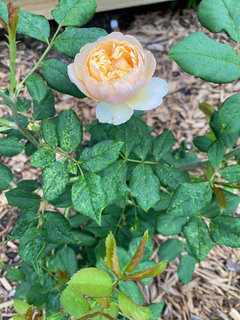
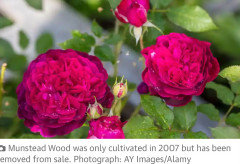



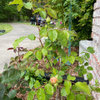


User